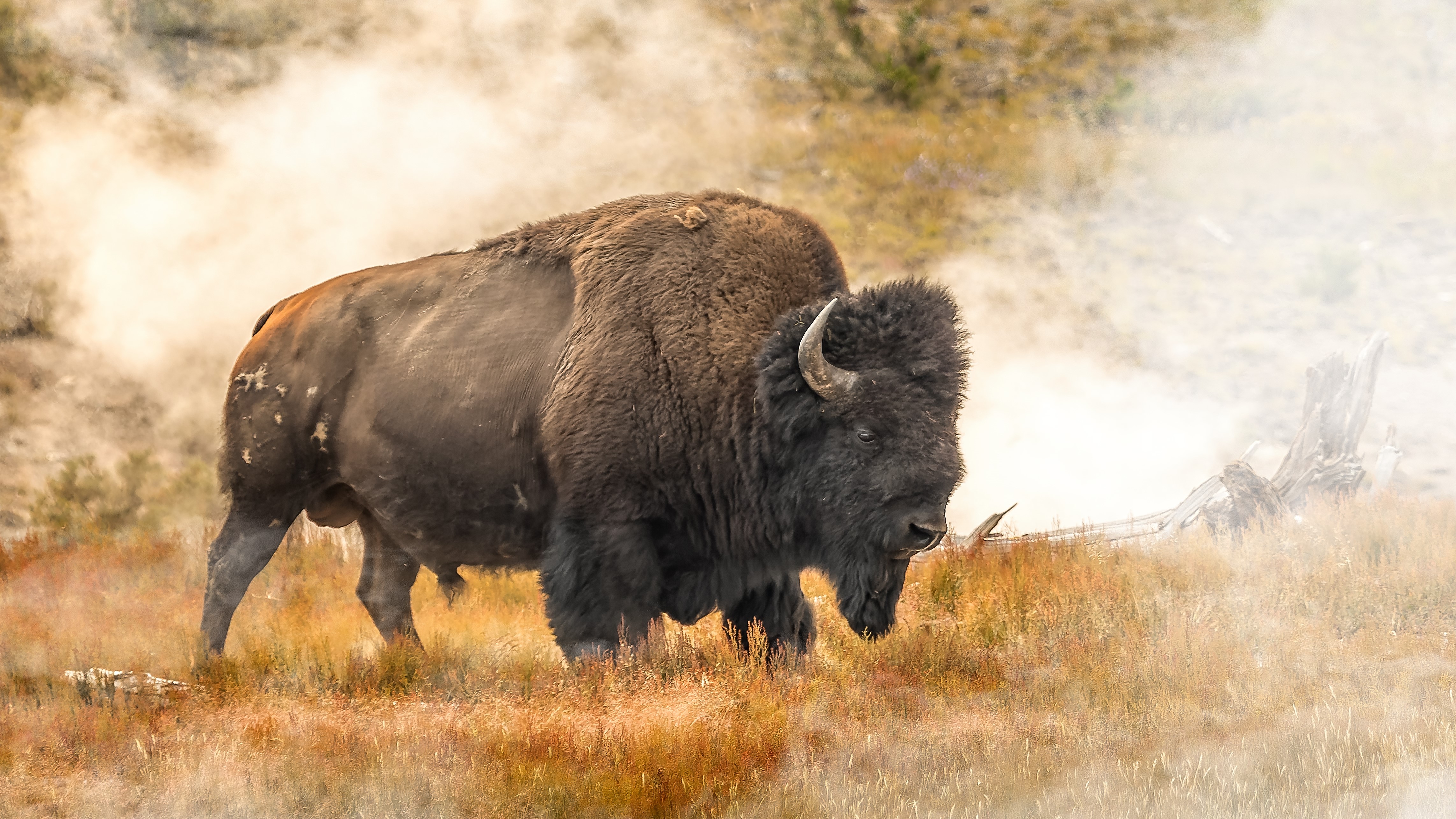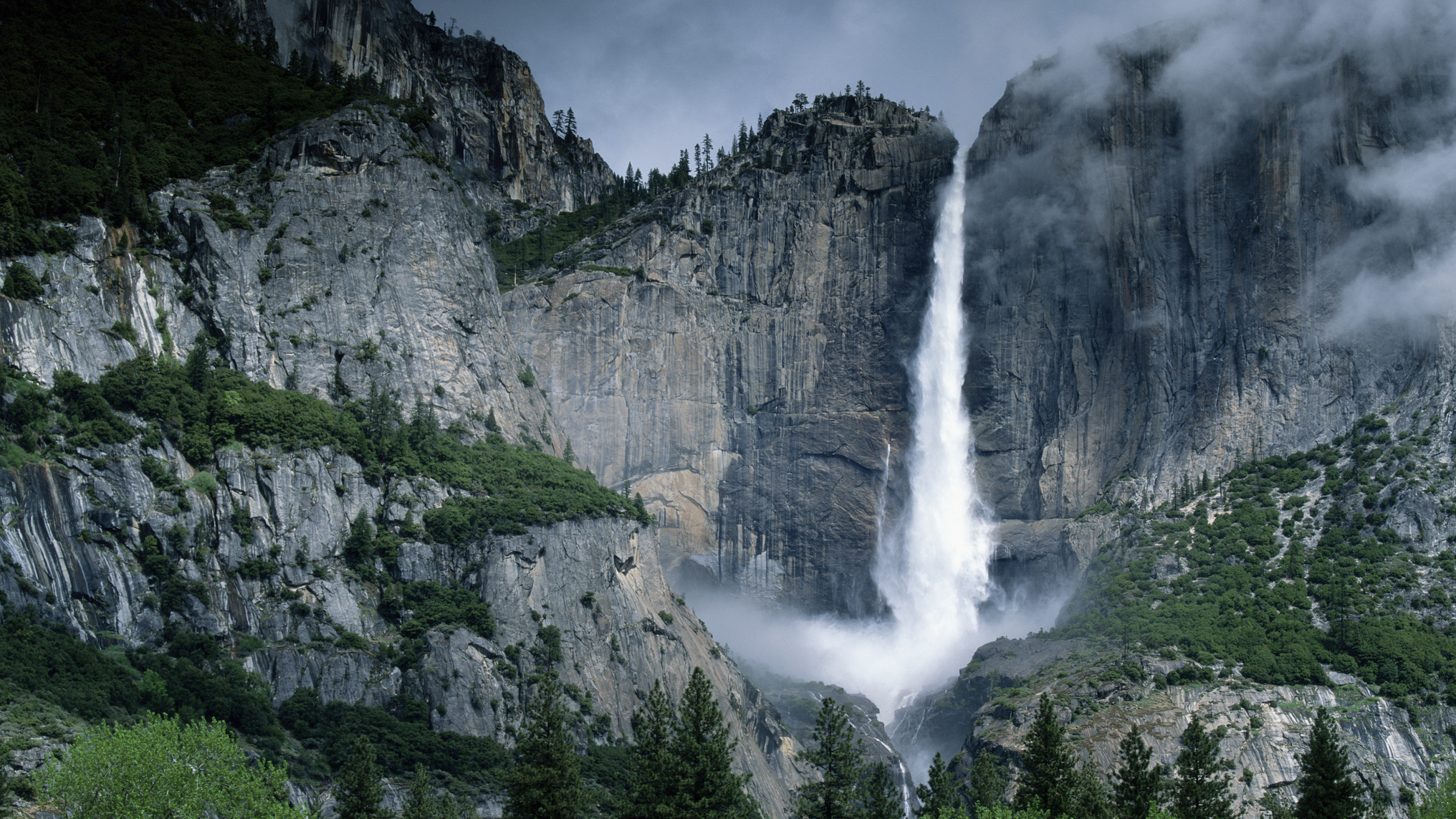Yellowstone tourist learns that trying to ride bison really isn't a good idea
Bison are responsible for more injuries than any other animal at Yellowstone, including bears and snakes

All visitors to Yellowstone National Park are warned to give the animals plenty of space, but sometimes that advice goes in one ear and out the other, as one tourist recently demonstrated. Ignoring official advice not to pet the fluffy cows, the man approached a particularly large bison and asked if he could stroke its fur. Excited, he then asked whether he could ride it before being startled back by the animal's bristling reaction.
A video of the close call (which you can see below) was shared this week via infamous Instagram account TouronsOfYellowstone, which highlights bad behavior at US National Parks, often involving wildlife. Other encounters have included a man tearing off his shirt and chasing bears, a woman burning herself dabbling her fingers in a hot spring, and a person strolling barefoot on Grand Prismatic.
A post shared by TouronsOfYellowstone (@touronsofyellowstone)
A photo posted by on
This particular encounter ended peacefully, but not everyone is so lucky. Bison are responsible for more injuries at Yellowstone National Park than any other animal according to the National Park Service, and although they may seem calm at first, their mood can change in an instant. Last summer, two people were injured by bison at US National Parks within the space of a week.
Bison safety
According to a 2019 study by Utah State University, bison injured 56 people and killed two at Yellowstone between 1978 and 1992, and injured a further 25 people between 2000 and 2015. Of those, 10 were thrown into the air, nine were headbutted, and six were gored. Almost half required hospitalization as a result.
Park visitors are advised to stay at least 25 yards (23 meters) away from bison at all times, and remember that the safest place to view wildlife is from your car. Never approach a bison, and be alert for changes in behavior such as animals raising their tails, pawing the ground, and vocalizing, all of which are signs that they are disturbed by your presence and may charge.
For more advice, see our guides how to avoid being gored by a bison and wildlife safety: eight tips for unexpected encounters.
- The best binoculars: enjoy watching wildlife from a safe distance
Advnture Newsletter
All the latest inspiration, tips and guides to help you plan your next Advnture!

Cat is Homes Editor at TechRadar and former editor of Advnture. She's been a journalist for 15 years, and cut her teeth on magazines before moving online. She helps readers choose the right tech for their home, get the best deals, and do more with their new devices.
